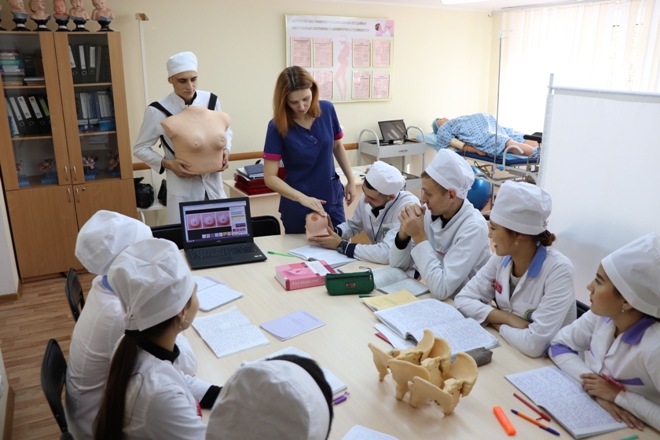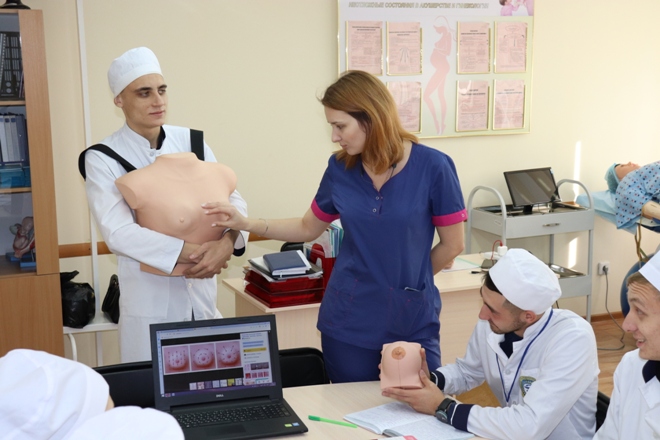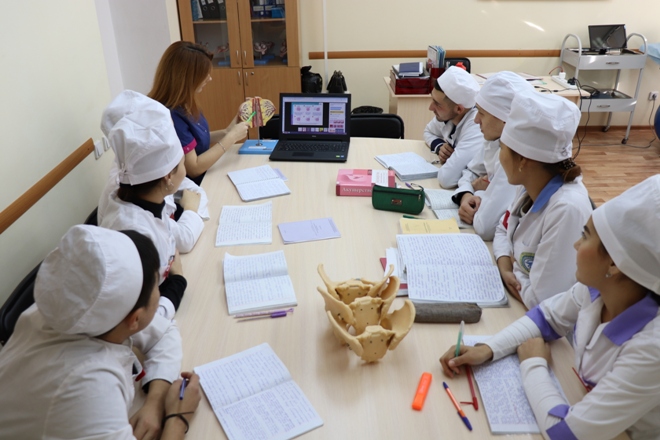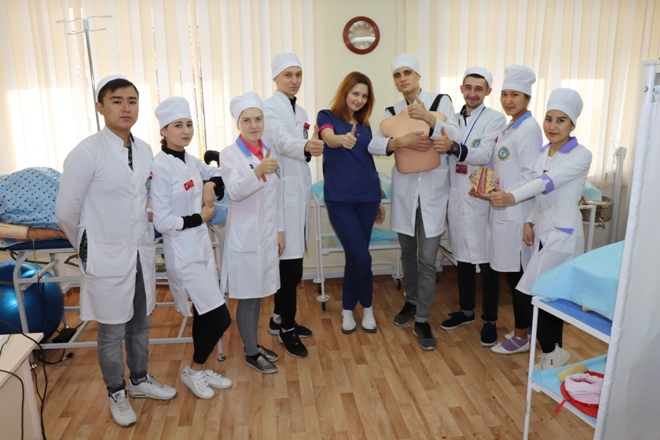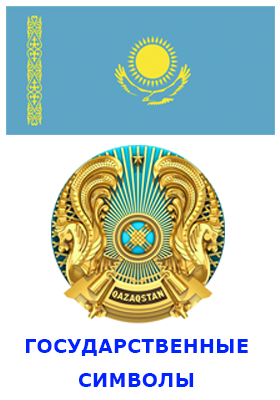Breast cancer is easier to prevent than to treat!!!
Main -> News -> Breast cancer is easier to prevent than to treat!!!
The seminar dedicated to the world breast cancer awareness Day was held on 22.10.2019 with students of the group Z03 "Nursing".
Every year, breast cancer affects about 1 million women and takes the life of every second case. This disease is cured in 90-95% of all cases, if it is detected at an early stage. That is why it is not necessary to overestimate the importance of prevention. Every woman should monitor the condition of the breast and know how to detect the first symptoms of cancer in time.
Students were introduced to the prevention of breast cancer and step-by-step rules of self-diagnosis, because the greatest importance is in the timely detection of the first signs of the disease and prevents the development of Oncology.
Any internal or external breast changes should alert you!!!
No need to delay a visit to the mammologist!!!
Timely treatment will bring you the desired results and save your life!!!
Breast Cancer Prevention:
• Proper nutrition;
• The birth of the first child under 30;
• Breast-feeding;
• The right bra;
• Healthy lifestyle;
• giving up all bad habits;
• Rejection of hormonal drugs during menopause;
• Use of vitamin D;
• stress management;
• Gymnastics to strengthen the pectoral muscles;
• The fight against overweight.
Step-by-step rules of self-diagnosis:
• Examine in front of a mirror the shape of the breast, the condition of the nipples and the appearance of the areola.
• Raise both hands up and carefully examine the chest in front and on both sides.
• Press the top of the areola with three fingers and feel for the presence of tumors in a circular motion (palpation is carried out along the entire circumference of the chest).
• Hold the nipple between your index finger and thumb. Check to see if there are any fluid discharges.
• In the supine position, again perform palpation on each breast.
• In the area of the armpits, feel the lymph nodes with the index and middle finger.
• Perform slowly and carefully, listening to your body.
The following changes should alert:
• discharge from the nipples (bloody or purulent);
• pain when pressed;
• change in the structure, shape and color of the areola;
• change in the shape or color of the chest;
• wrinkling and excessive dryness of the skin;
• an increase in lymph nodes;
• the appearance of seals in the tissues of the gland.
